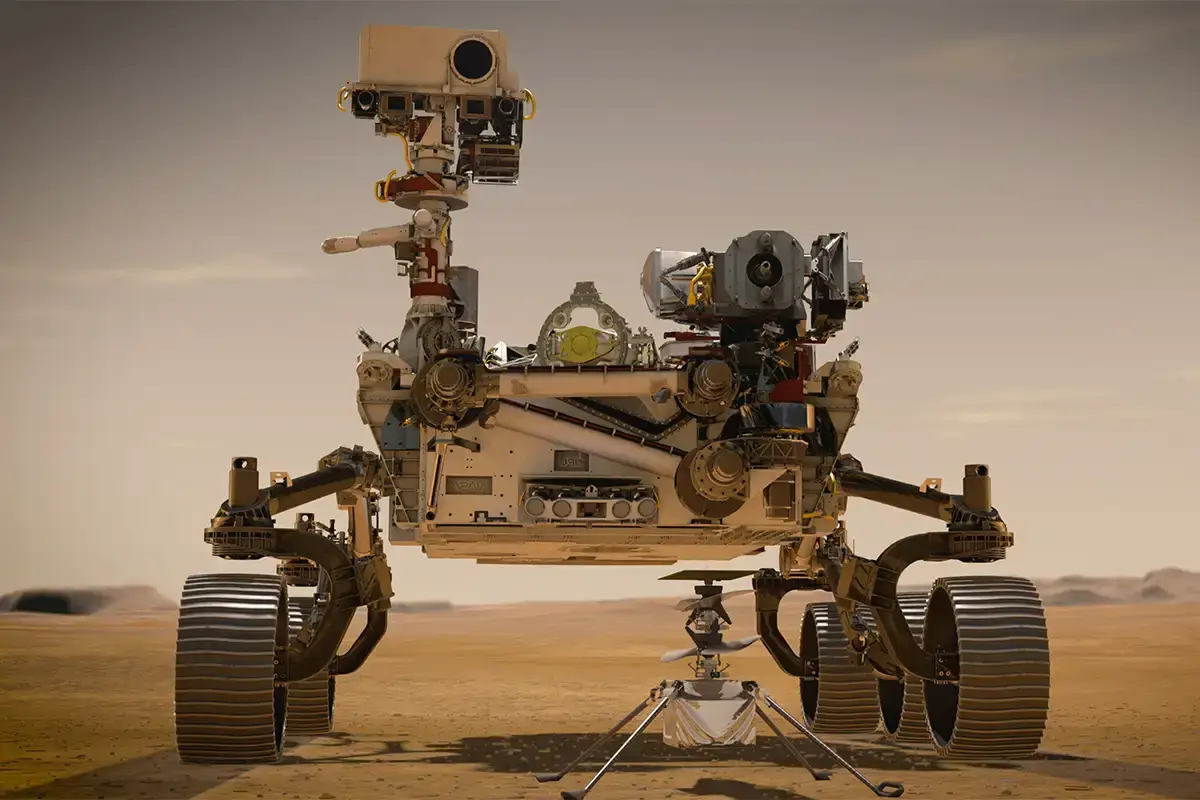In a groundbreaking discovery, NASA’s James Webb Space Telescope (JWST) has unveiled a startling revelation about a long-studied star system in the Rho Ophiuchi star-forming region. Known as WL 20, this region has been observed since the 1970s with the help of at least five different telescopes. Yet, it was the unprecedented resolution and specialized instruments of the JWST that revealed a surprising truth: WL 20S, previously thought to be a single star, is actually a pair of twin stars formed around 2 to 4 million years ago.
The discovery, presented at the 244th meeting of the American Astronomical Society on June 12, was made using Webb’s Mid-Infrared Instrument (MIRI). This instrument also detected matching jets of gas streaming from the north and south poles of the twin stars. Astronomer Mary Barsony, the lead author of the paper detailing these findings, expressed her astonishment at the revelation. “Our jaws dropped,” she said. “After studying this source for decades, we thought we knew it pretty well. But without MIRI we would not have known this was two stars or that these jets existed. That’s really astonishing. It’s like having brand new eyes.”
Adding to the excitement, further observations with the Atacama Large Millimeter/submillimeter Array (ALMA) in Chile revealed that disks of dust and gas encircle both stars. Given their age, it’s possible that planets are forming within these disks. This combined data indicates that the twin stars are nearing the end of their early developmental phase, providing scientists with a unique opportunity to study how stars transition from youth to adulthood.
The Power of JWST and ALMA
The synergistic use of the JWST and ALMA showcases the power of combining different observational techniques to gain a more comprehensive understanding of celestial phenomena. Mike Ressler, project scientist for MIRI at NASA’s Jet Propulsion Laboratory and co-author of the study, highlighted this synergy. “The power of these two telescopes together is really incredible,” Ressler said. “If we hadn’t seen that these were two stars, the ALMA results might have just looked like a single disk with a gap in the middle. Instead, we have new data about two stars that are clearly at a critical point in their lives, when the processes that formed them are petering out.”
Exploring the Rho Ophiuchi Region
WL 20 resides in the Rho Ophiuchi region, a massive star-forming cloud of gas and dust approximately 400 light-years from Earth. This region is well-studied, yet the stars within it are often hidden behind thick clouds of gas and dust that block most visible light. Webb’s ability to detect slightly longer wavelengths of infrared light allows it to peer through these obscuring layers, revealing features that would otherwise remain hidden.
MIRI, in particular, is adept at detecting the longest infrared wavelengths, making it an ideal instrument for studying obscured star-forming regions like WL 20. While radio waves, such as those detected by ALMA, can also penetrate dust clouds, they may not reveal the same features as infrared light. The submillimeter light emitted by the disks of gas and dust surrounding the twin stars was effectively observed by ALMA, further contributing to this comprehensive discovery.
Conclusion
The discovery of the twin stars in WL 20S is a testament to the capabilities of modern astronomical instruments and the collaborative efforts of the scientific community. By combining the strengths of the JWST and ALMA, scientists have gained new insights into the processes of star formation and development. This breakthrough not only challenges previous assumptions but also opens up new avenues for studying the lifecycle of stars and the potential formation of planets within their circumstellar disks.
As our understanding of the cosmos continues to expand with each new discovery, the twin stars of WL 20S remind us of the ever-evolving nature of astronomy. What was once thought to be a single star is now revealed to be a dynamic duo, shedding light on the intricate and fascinating processes that govern the universe.









Add a Comment: